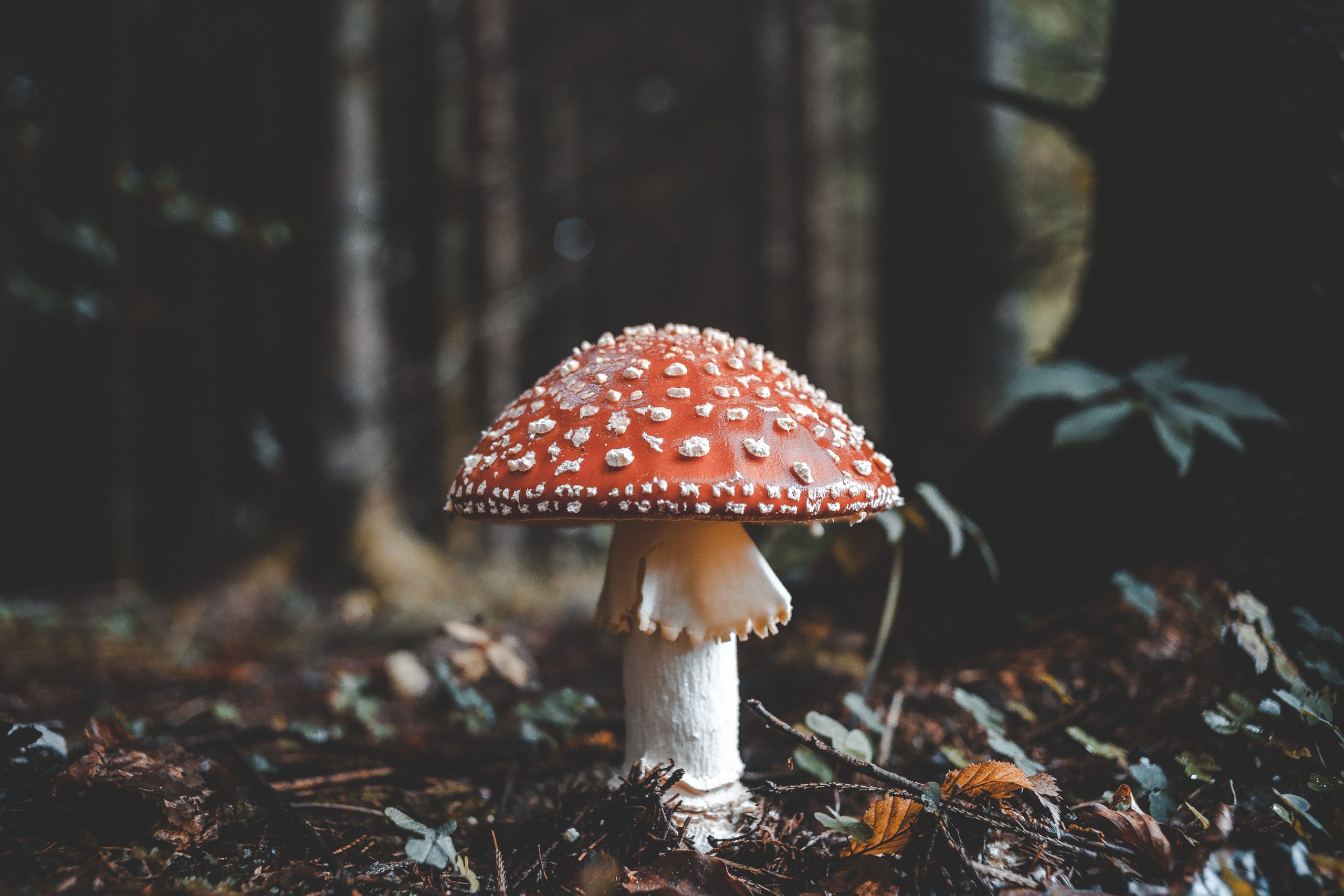As if mushrooms weren’t already “mystical,” UK
scientists have discovered that the multidimensional fungi can purportedly
communicate with one another — and even have a large vocabulary. The journal
Royal Society Open Science published on Wednesday a study documenting fungal correspondence.
“[We] discovered that the ‘fungal language’ has morphological
complexity that exceeds that of European languages,” according to the
study, which was led by UWE Bristol computer science professor Andrew
Adamatzky.
Also read: Fungi could be the source of our next pandemic
Adamatzky studied the electrical impulses of four mushroom species
– enoki, split gill, ghost, and caterpillar fungus – to see if they do actually
speak, and not just with psychedelic travellers.
The fungal linguist achieved this by embedding tiny electrodes in
the soil colonised by the mushroom’s hyphae — the threads that make up the
organism’s roots, also known as mycelium. He then made a note of the results.
Adamatzky discovered that the electrical spikes typically happened
in clusters, replicating human vocabularies and involving up to 50 words,
according to the Guardian.
Scientists believe that mushrooms “talk” to inform other
members of their cluster, similar to how wolves howl to alert their pack,
according to the Scientist.
Also read: Scientists study virus spread in social animals Dolphins
However, just as with a mushroom trip, it’s possible that it’s all
in our thoughts.
“There is also another option — they are saying nothing,” said
Adamatzky. “Propagating mycelium tips are electrically charged and, therefore,
when the charged tips pass in a pair of differential electrodes, a spike in the
potential difference is recorded.”
While scientists believe that the patterns aren’t random, further
research is needed before mushroomese becomes an official language.
Also read: Canadian deer struck by zombie disease, humans may be at risk too
“Though interesting, the interpretation as language seems somewhat
overenthusiastic, and would require far more research and testing of critical
hypotheses before we see ‘Fungus’ on Google Translate,” said University of
Exeter mycologist Dan Bebber, a co-author on previous studies on the phenomenon
who suggested the electrical impulses could be indicative of active nutrient
foraging.
Also read: Is it too late for the world to fight climate change?







